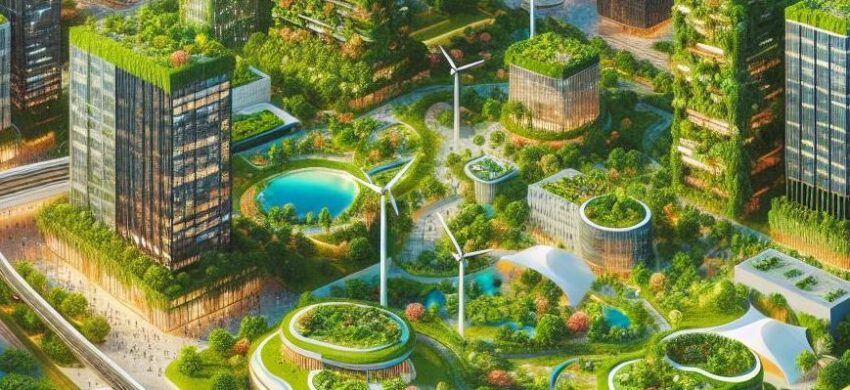Real estate is a dynamic sector that is constantly evolving with the introduction of innovative land use strategies. These techniques aim to maximize utility, improve environmental sustainability, and bolster economic profitability. Some key strategies include mixed-use development, urban infill, adaptive reuse of historical buildings and strategic urban density planning. Mixed-use development refers to the fusion of residential, commercial, and institutional spaces within a single zone. This not only enhances utility and convenience for residents but also fosters a sense of community. Similarly, urban infill aims to use vacant or underused spaces within existing urban settings for new construction, thus preventing unnecessary urban sprawl.
Adaptive reuse, another noteworthy strategy, involves repurposing historical or heritage buildings for modern applications, often preserving much of the original architectural details. This approach merges conservation and utility and has gained popularity in urban areas around the world. Increasing urban density is another tactic employed to accommodate higher population numbers within the existing city limits while minimizing the impact on the environment. Through these innovative land use methods, real estate professionals can simultaneously create value for investors, improve quality of life for tenants and residents, and fulfill their responsibility towards sustainable development.
 |
 |

